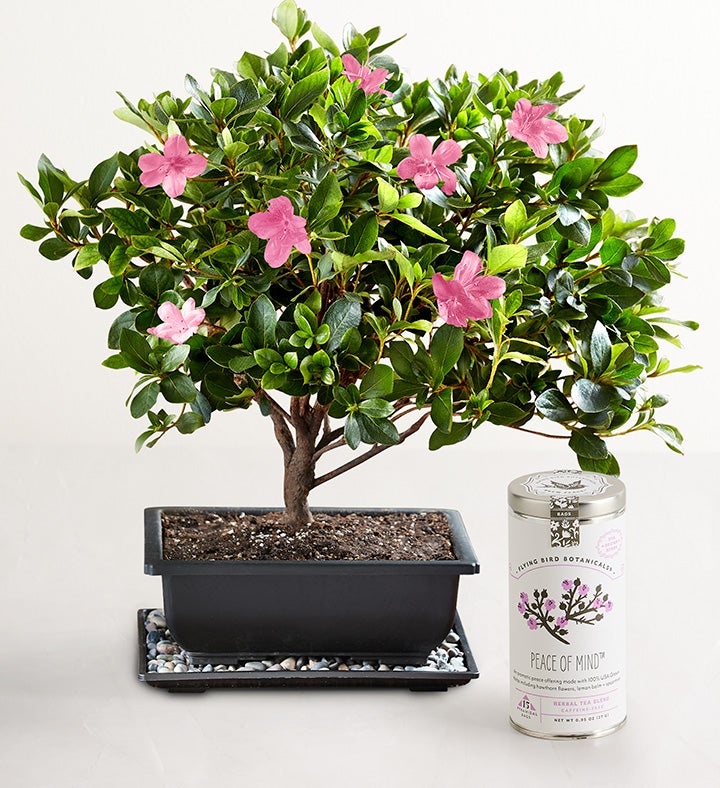10 Popular Spring Flowers to Bring Life to Your Home or Garden
Spruce up your space with any of these plants that bloom during the season of rebirth.
Mar 02, 2023
Spring is that wonderful time of year when temperatures rise and buds swell and explode in a riot of colorful blooms. It is a time when we are filled with feelings of renewal and optimism and anticipation. And spring is also a time of planning and planting a garden. Bulbs, perennials, and flowering trees and shrubs will reward you year after year with their blooms.
Here are 10 popular spring flowers that you can grow in your garden, in containers, or, in some cases, indoors as houseplants.
1. Daffodils
Nothing says “spring" more than jaunty daffodils. These bulbs bloom up to six weeks in the early spring, and come in white, yellow, orange, bicolor, and pink. Most of the 32,000 cultivars have a short, protruding cup in the center of the flower, surrounded by six flat petals. They have strap-like leaves that grow from the bulb, and the plants stand between six and 30 inches high. Daffodils are beautiful in the garden, as cut flowers, and in containers indoors and out.
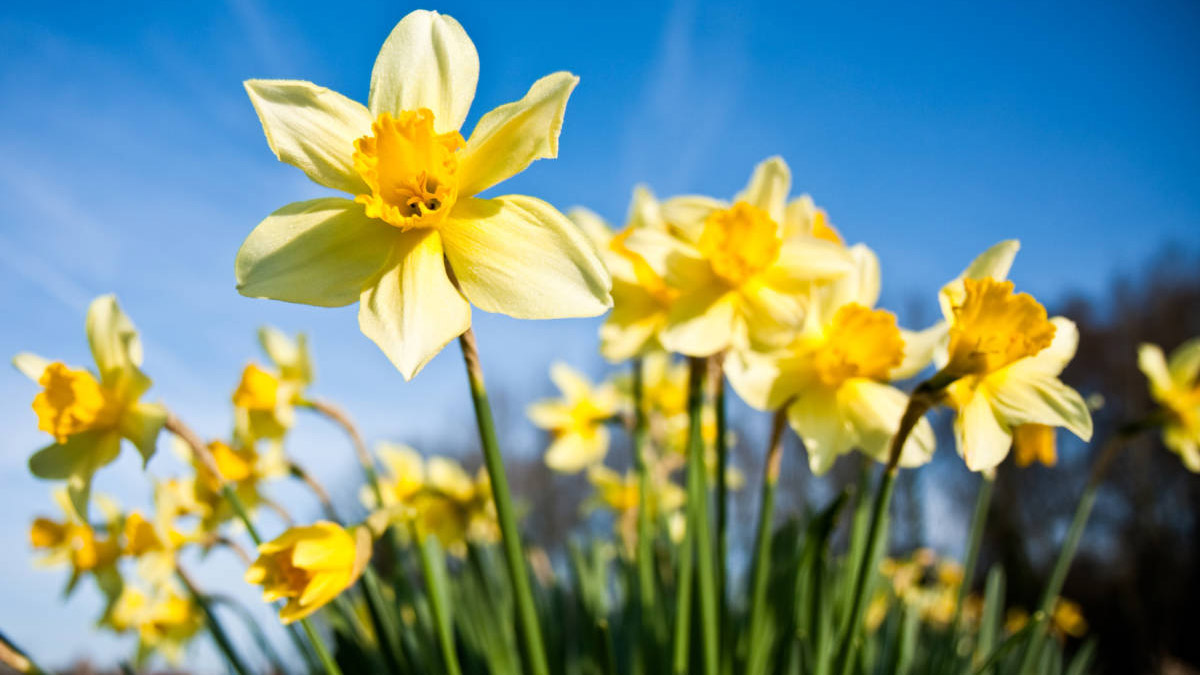
Daffodil growing tips
The best time to plant daffodils is in the fall. Locate them in the sun to partial shade in holes five inches deep. Plant the bulbs with the pointed end up, six inches away from one another. Cover them with soil, and water the plants in the spring. Give container-grown daffodils plenty of light, and water when the soil is dry an inch down from the top. They are hardy to USDA zones 4 to 8, and are deer resistant but toxic to humans and pets. Most of the hybridized varieties are not good pollinator plants, but native species will attract bees.
2. Tulips
These pretty spring bulbs have been hybridized extensively, with nearly 4,000 cultivars. The cup- or star-shaped flowers sit individually atop blue-green stems with two to six leaves, and their petals are every color except blue, in solid colors or stripes. Tulips can grow from anywhere from four to 30 inches tall and are categorized as early-blooming, mid-season, or late-blooming types. They can be grown in containers, in the garden, or as beautiful cut flowers.
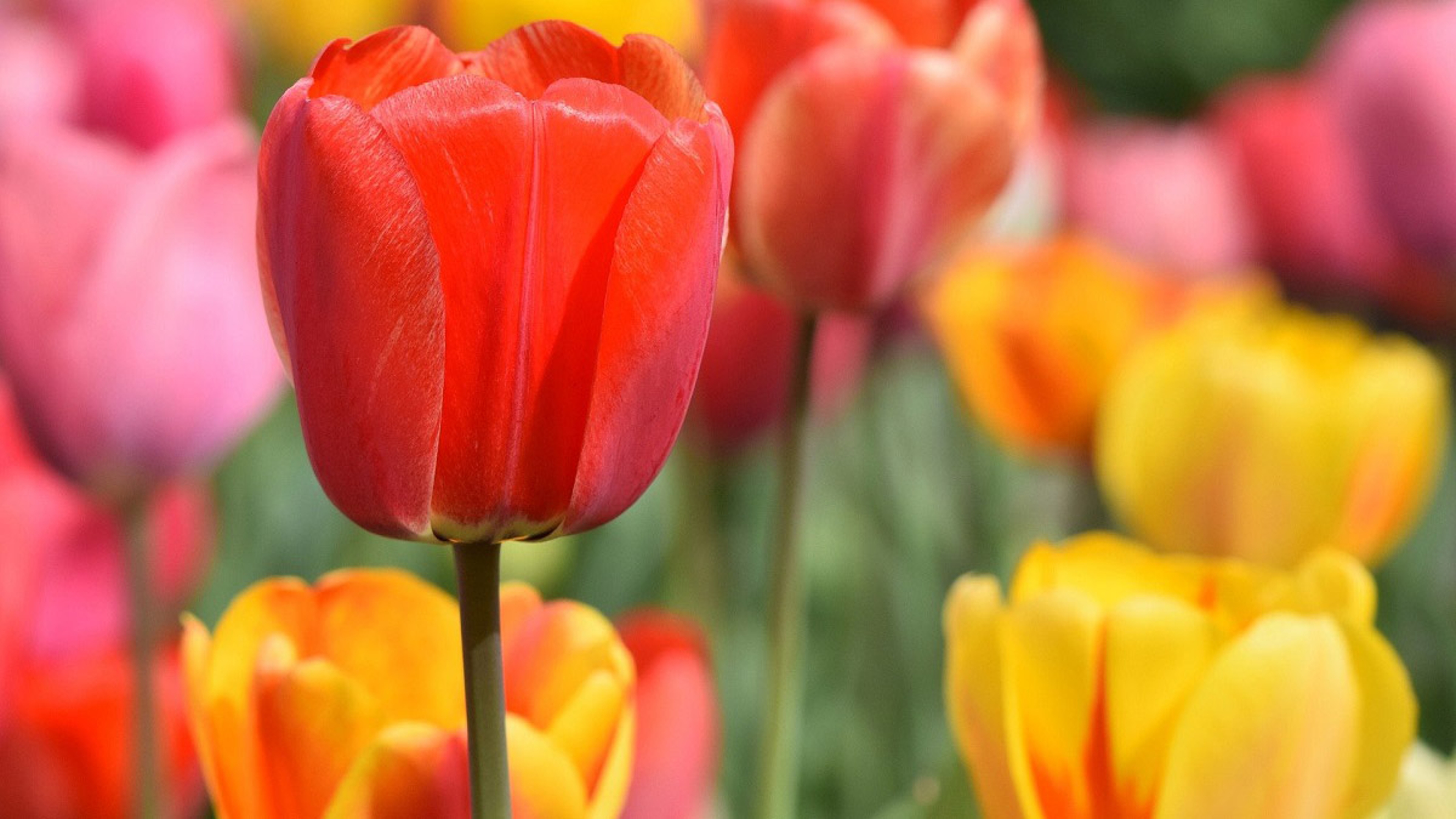
Tulip growing tips
Plant tulips in the fall in a sunny spot in well-draining soil. Set them with the pointed end up four to eight inches down in the soil and four to six inches away from one another. Cover the bulbs with soil, and water them thoroughly. Container-grown tulips are planted in the fall, but they will need eight to 12 weeks of cold before they will flower in the spring. Tulips are hardy in USDA zones 3 to 8, but in cold, northern areas, they need to be kept in a garage or basement until they can be set outside when the weather warms. Tulips are toxic to both humans and pets, and, like daffodils, species tulips (meaning ones that are un-hybridized)are better pollinator plants than the highly bred cultivars.
3. Hyacinth
Cheery pink, purple, blue, or white hyacinths lend a spot of color to a spring garden and are often sold as potted indoor plants around Easter. Their highly fragrant, star-shaped flowers grow in clusters along a short stem, with upward-growing leaves.
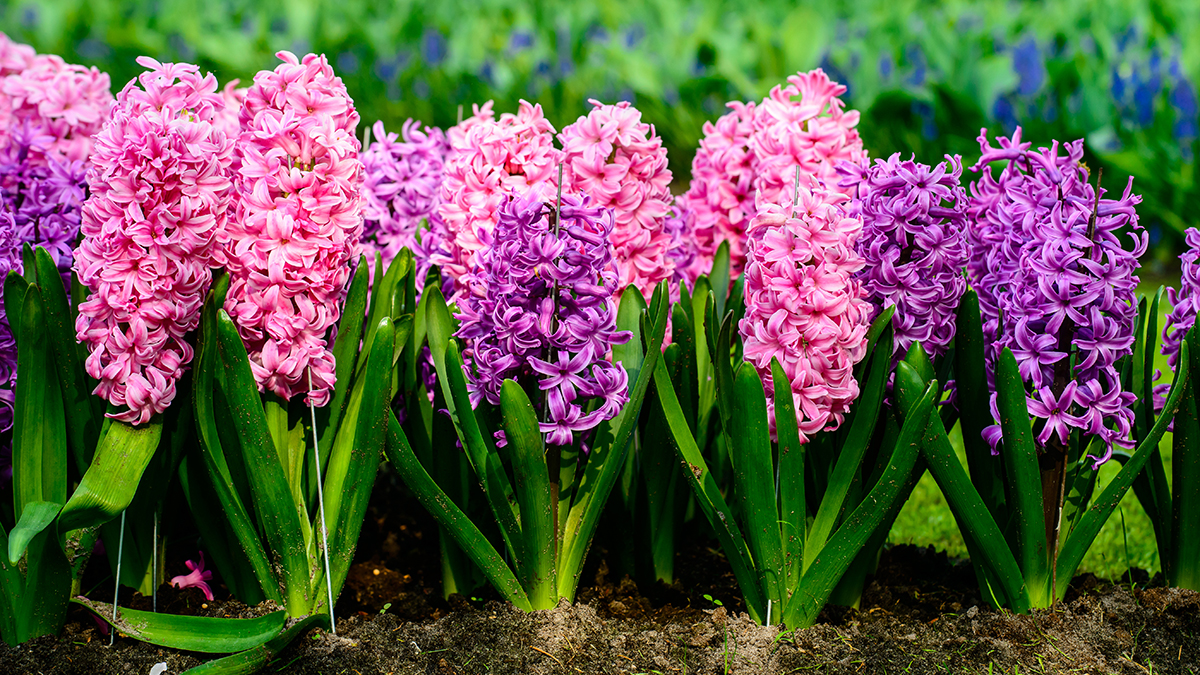
Hyacinth growing tips
Plant the bulbs outside in the fall, four to six inches deep with their pointed ends up, three to six inches apart. Cover the bulbs with soil, and water thoroughly. Indoors, hyacinths delight with their sweet fragrance. After they bloom, you can plant them outside, and they should bloom the following spring. Hyacinths are hardy in USDA zones 4 to 8, deer resistant, and toxic to both humans and pets. They are good pollinator plants for bees and butterflies.
4. Crocus
The spring-blooming crocus is one of the earliest flowers to bloom. Delicate cup-shaped flowers with pointed petals come in pink, blue, purple, yellow, orange, and white, and grass-like leaves grow from the base of their six-inch stems.
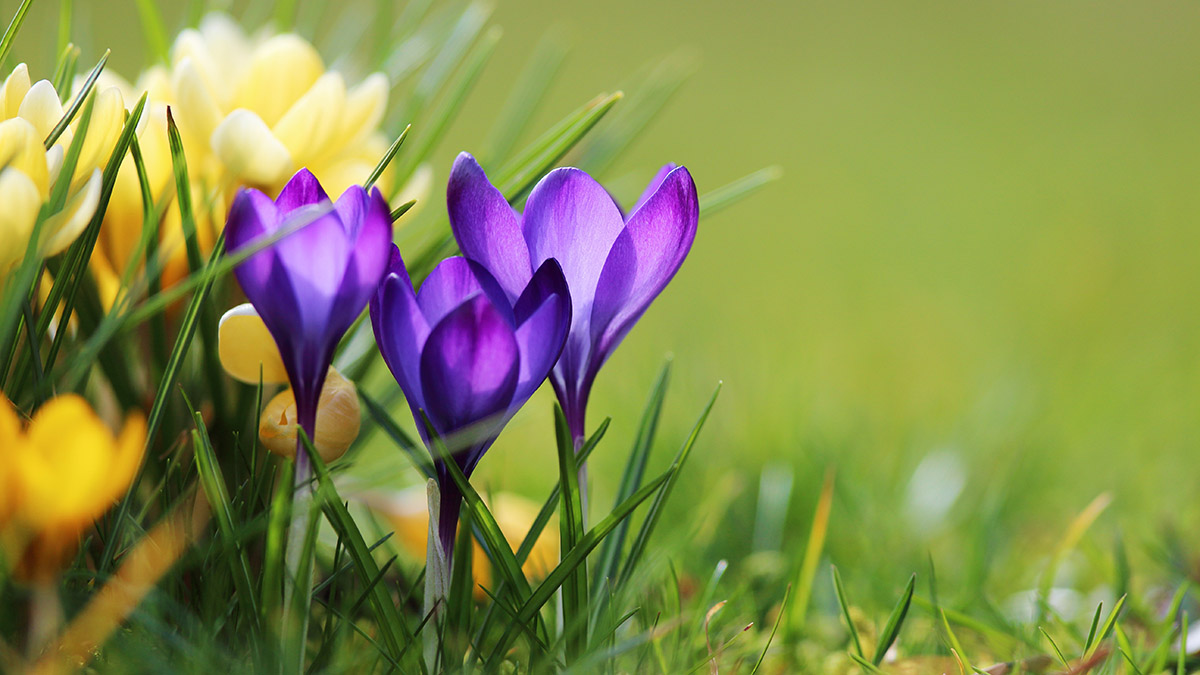
Crocus growing tips
Plant crocus corms in the fall, setting them four inches deep in a sunny spot with well-draining soil and four inches apart from one another. Cover them with soil, and water them well. Crocuses are hardy to USDA zones 3 to 8 and are generally left alone by deer, but are toxic to pets. They are loved by bees and butterflies waking up from their winter nap.
5. Lily of the valley
Beautiful, shade-loving wildflowers, lily of the valley grow six to 12 inches high with small, white, fragrant flowers hanging down like bells in a line up a bare stalk. The flowers bloom for about three weeks in the spring and develop into small reddish berries. One or two broad leaves grow from the bottom of the stalk, and the plant spreads by underground rhizomes.
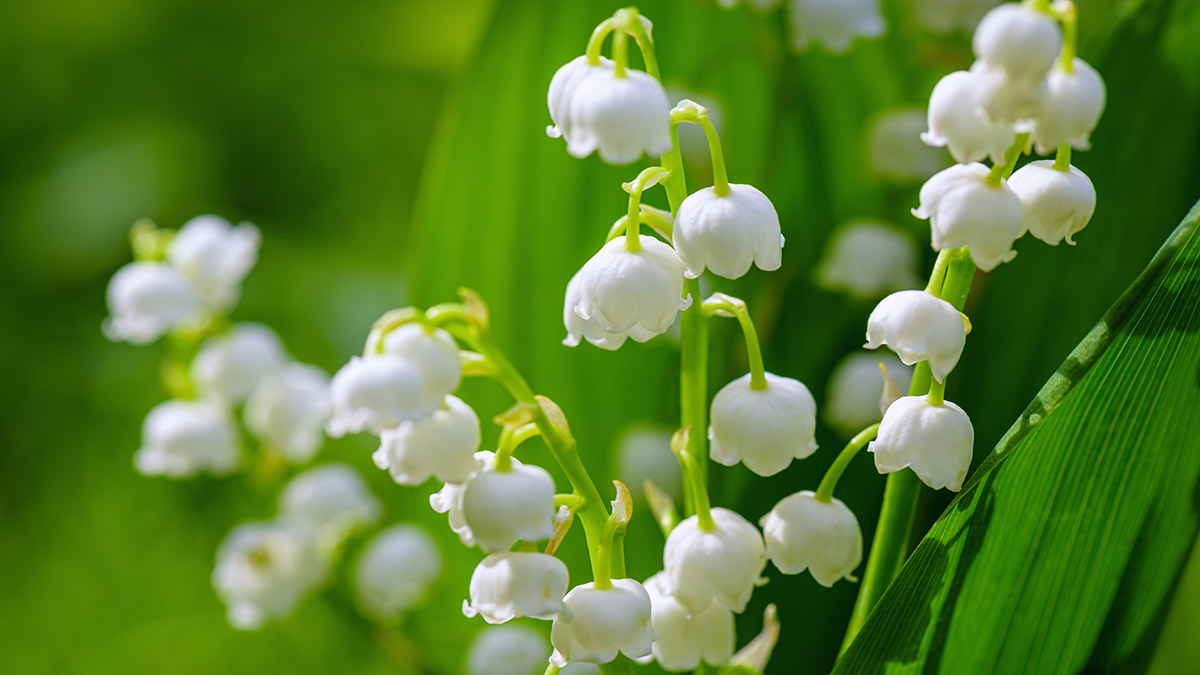
Lily of the valley growing tips
Locate lily of the valley in a shady spot with good drainage. Plant the rhizomes in the spring or fall with the growing tips pointing upwards about half an inch down in the soil, and water them while they're getting established. Their rhizomes can be planted in containers in rich potting soil with excellent drainage and watered when the soil is dry an inch down from the top. Lily of the valley is hardy in USDA zones 3 to 8, deer resistant, pollinated by bees, and highly toxic to people and pets.
6. Iris
These elegant flowers are named for Iris, the Greek goddess of the rainbow. About 300 species of iris exist, and thousands of cultivars that bloom from spring into summer exhibit every color of the spectrum. They range in height from six inches to four feet and grow from either rhizomes or bulbs. The stems are either single or branched with sword-shaped leaves and unique-looking flowers. Three petals curl upward — these are called standards — and three petal-like sepals bend down; these are known as falls.
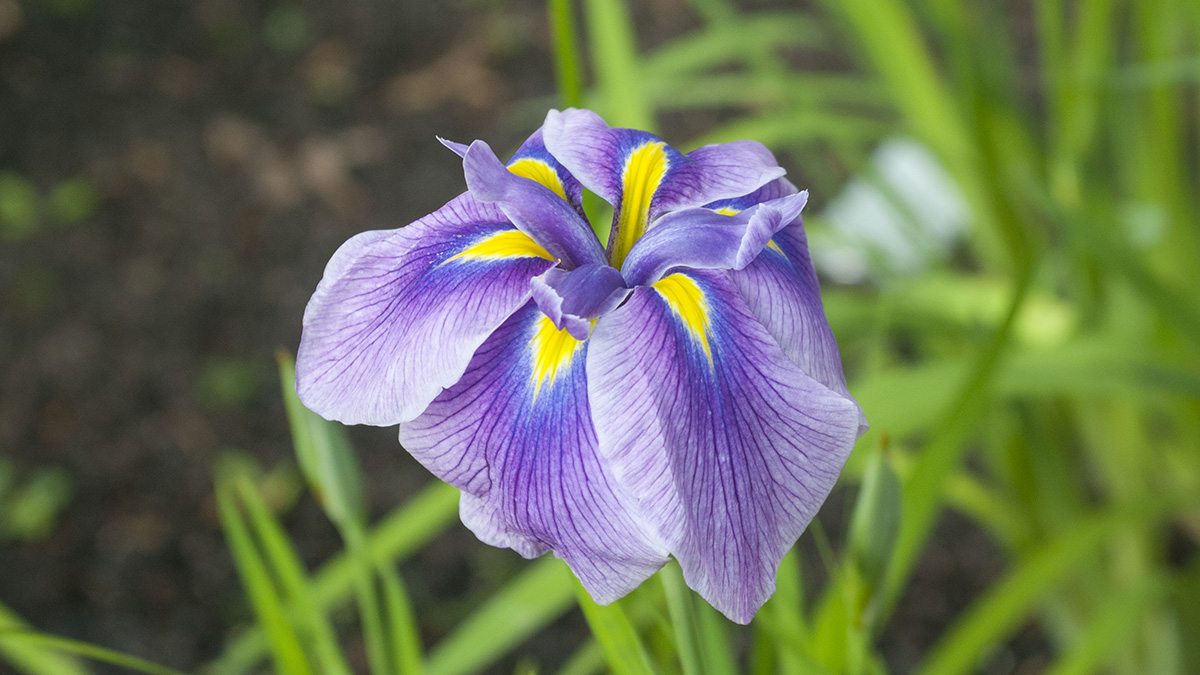
Iris growing tips
Locate irises in a spot that gets at least six hours of sun a day. Iris rhizomes should be planted on the surface of the soil with the roots extending down, and bulbs are planted four to six inches deep in the soil. Most iris are deer resistant and hardy to USDA zones 3 to 8. They attract bees and hummingbirds, and are toxic to humans and pets.
7. Forsythia
The most frequently seen variety of forsythia is the bright, cheerful hybrid Forsythia × intermedia, aka border forsythia, that is hardy to USDA zones 3 to 8. They are deciduous shrubs with four-petalled yellow flowers blooming in the early spring, before the leaves appear. The arching stems can grow up to 10 feet long and root wherever they touch the ground. Forsythia plants grown in a row can be pruned into a hedge or grown as graceful individual bushes. Cut flower stems are beautiful in arrangements as well.
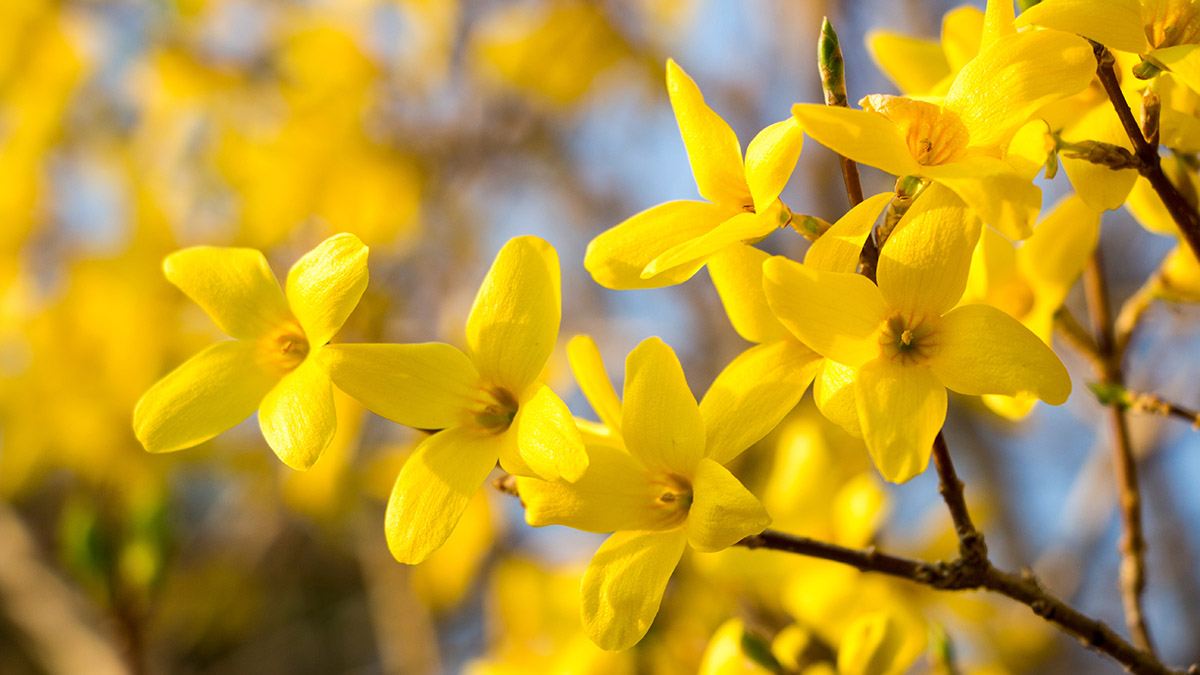
Forsythia growing tips
Forsythia plants are easy to grow and are best planted in the fall. Choose a spot with full sun or partial shade that has well-draining soil. Dig a hole that is two times the size of the root ball, and center the plant, filling in the hole. Water it thoroughly until it's established. Deer tend to leave it alone, and it is only a modest pollinator plant.
8. Azalea
Azaleas blaze with color in late spring throughout the Northern Hemisphere. There are about 800 species of these shade-loving bushes, with more than 10,000 registered varieties. Most are deciduous, but some are evergreen, and they range in height from two to eight feet. Their flowers cover the bushes with lavender, white, pink, salmon, or red blooms, and they are hardy in USDA zones 6 to 9.
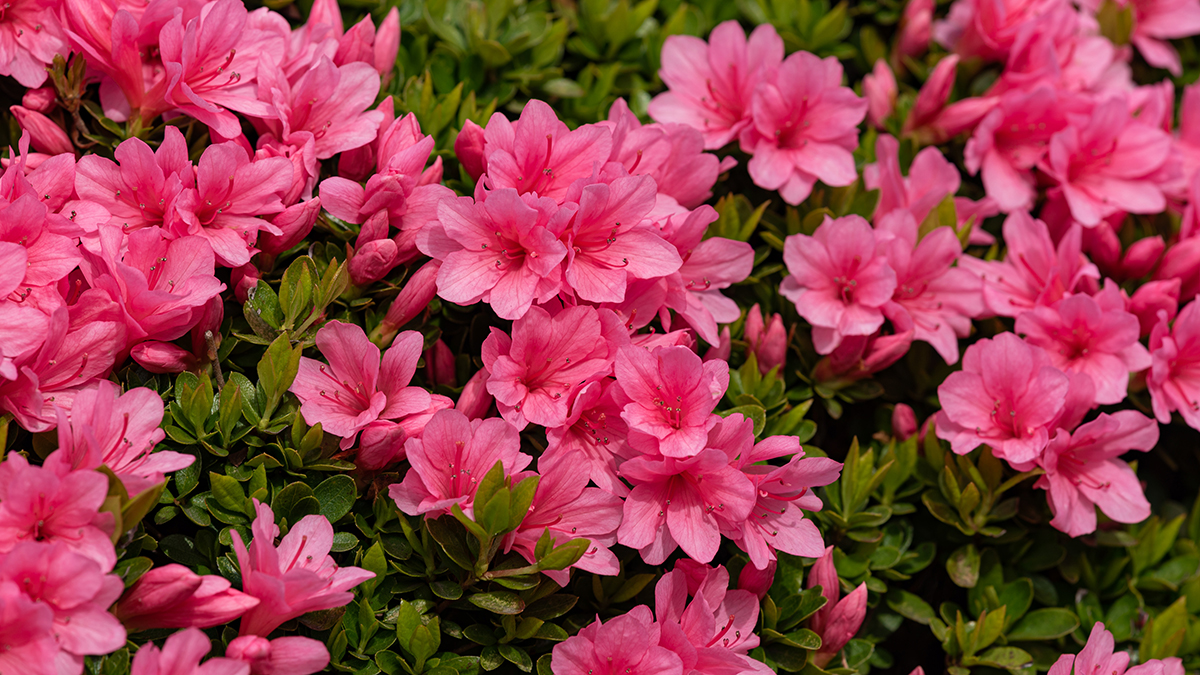
Azalea growing tips
Plant your azalea in the spring or fall in dappled shade or a spot that gets only morning sun, in well-draining, acidic soil. Azaleas grow easily in containers and are an attractive addition to a porch or patio in bright shade. Choose a pot big enough for good root growth, use a well-draining potting mix formulated for acid-loving plants, and be sure to water it during dry spells. It is an excellent pollinator plant for butterflies and hummingbirds, but, unfortunately, deer find azaleas tasty, too. All parts of the plant are toxic to humans, and dogs, cats, and horses.
9. Lilac
Familiar, fragrant lilacs comprise 12 species of charming shrubs or small trees. The most frequently grown kind in the United States is the common lilac, along with its 400 cultivars. The four-petalled flowers are one-third of an inch across and grow in cone-shaped clusters, or panicles, at the ends of the branches. They range in color from purple to pink or white, bicolor, and even yellow. The blue-green leaves are heart shaped, and the tree is between four and 15 feet tall.
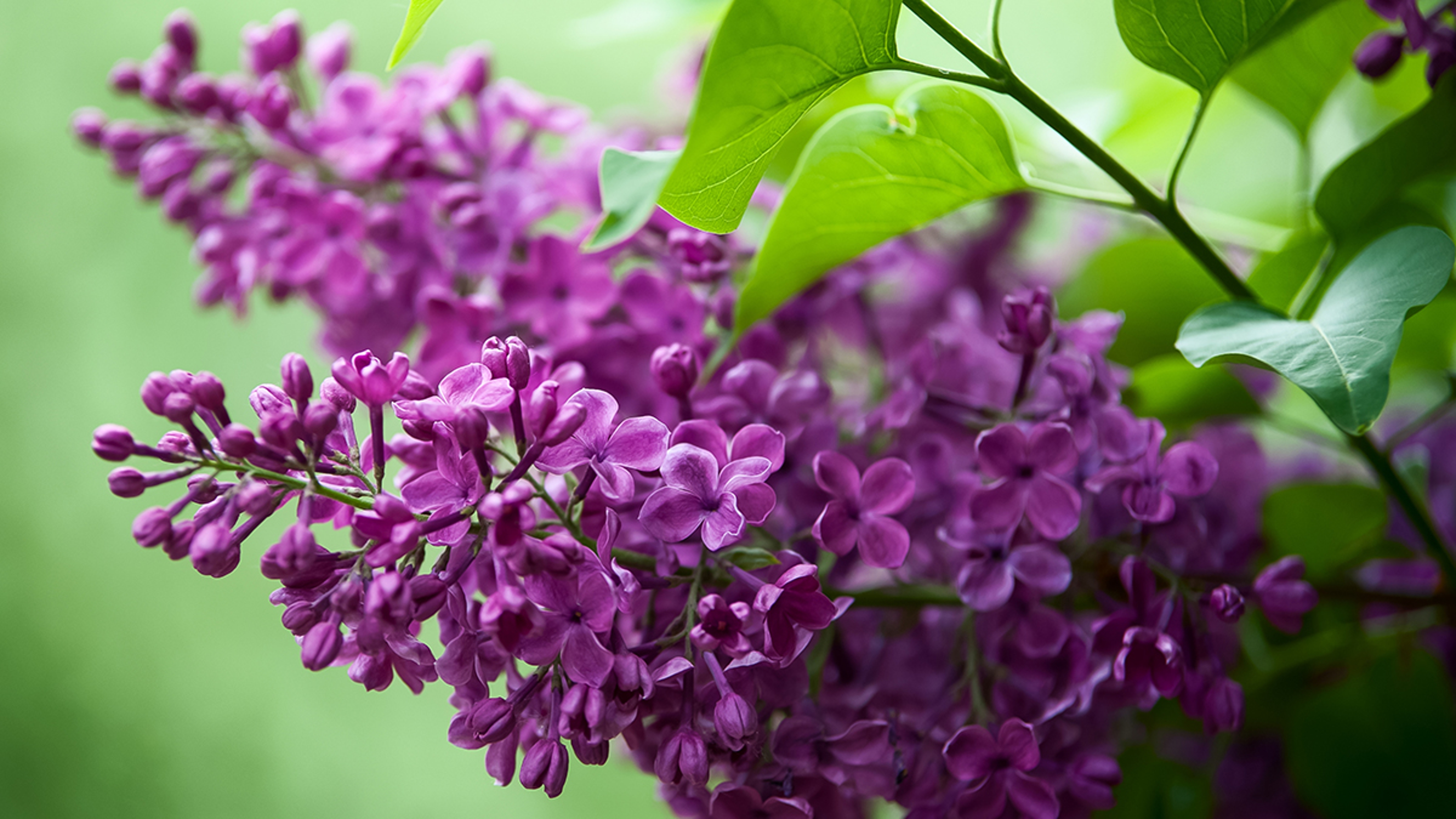
Lilac growing tips
Lilacs are best planted in the fall, in a spot with full sun and rich, well-draining soil. Most varieties are hardy in USDA zones 3 to 7 and do not do well in the hot, humid areas of the country. They are susceptible to powdery mildew, so it is important to prune them after flowering to allow for good air circulation. Lilacs are fairly deer resistant, and are excellent pollinator flowers for bees in spring.
10. Magnolia
These ancient trees are often seen as a symbol of the Deep South. Magnolias are deciduous or evergreen, and they range in size from eight to 100 feet tall. Their large, fragrant, cup- or star-like flowers come in white, pink, purple, or yellow, and distinctive cones with red berries develop in the fall. Their flowers bloom in the spring before the leaves appear on deciduous species, and in the late spring to summer on evergreen trees.
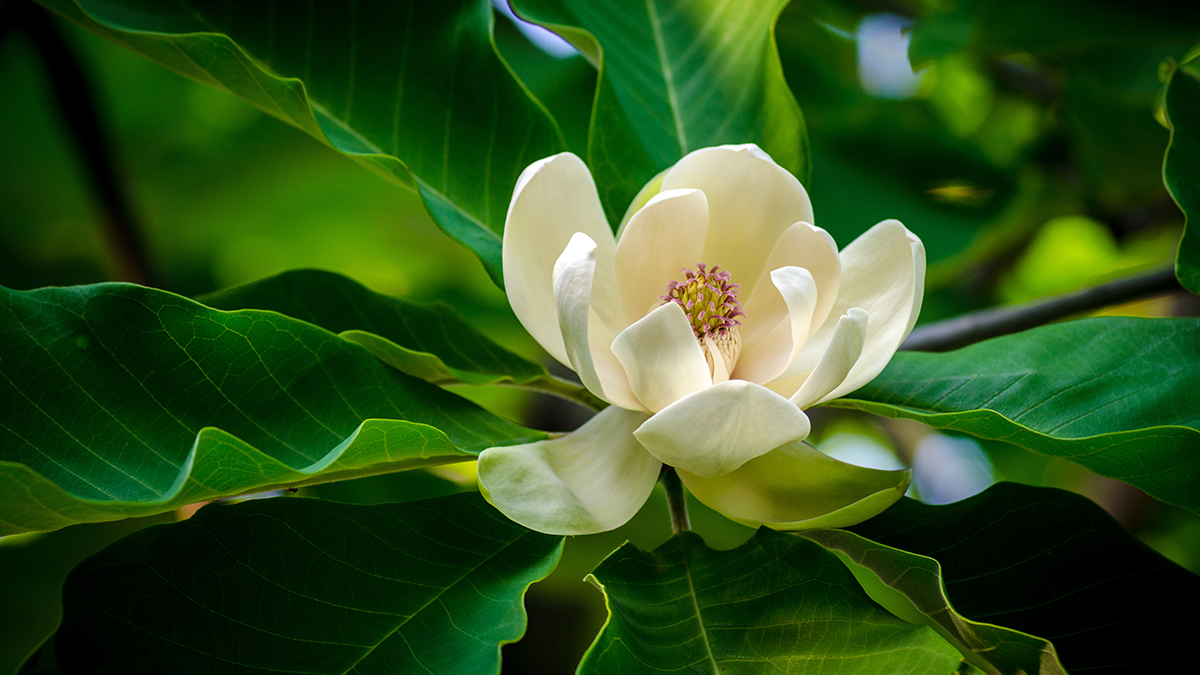
Magnolia growing tips
Magnolias are wide spreading, often reaching 40 feet, so choose a spot with enough space. Plant evergreen varieties in the early spring in full sun, and deciduous varieties in the shade during the fall for southern locations and in the spring in the north. Magnolias are tolerant of various soil types as long as they are acidic and well draining. They are hardy in USDA zones 4 to 9, and are a favorite food of deer. They are considered non-toxic to humans and pets.



